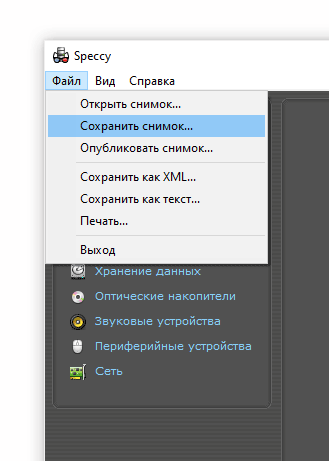

While it is now the most popular protocol, OpenVPN provides a poorer performance than IPSec. Still, if you are looking for faster connections, manual setup is the way to go as it gives the option to choose from the IPSec and IKEv2 protocols. In this way you’ll be stuck with the server you picked during the setup process, and will have to manually readjust if you want a different one. That’s something you won’t get with the manual setup of IPVanish using macOS' System Preferences app. That’s a huge benefit, as is the possibility of choosing the location of your preference.

If you are looking for convenience, IPVanish’s desktop client is your best option as it connects quickly to the selected secure VPN server.
IPVANISH FOR MAC 10.10.5 VERSIONS INSTALL

This should be the easiest way to connect to a secure VPN server and to protect your online privacy. Setting up IPVanish Using the Desktop Client
IPVANISH FOR MAC 10.10.5 VERSIONS UPDATE
Apple phased out support for the last of these in macOS Sierra, but Mac users running macOS 10.11 or earlier can still use this protocol. The update also improves the stability, reliability, and security of your Mac. IPVanish supports four protocols: OpenVPN, IPSec, L2TP and PPTP. In this article we will guide you through the different setup methods. They can either: a) use the macOS desktop client b) manually set it up via System Preferences c) use an OpenVPN client. Mac users running macOS Sierra have various options to set up IPVanish, the VPN service we found to be among the best available.


 0 kommentar(er)
0 kommentar(er)
